In the last 5 years, the CBD industry has been booming as its potential health benefits have impacted many in life changing ways. In regards to anecdotal experiences, you’ll find that many have positive experiences with CBD oil. However, research is still in preliminary stages with many positive takeaways, yet some that are inconclusive.
After the food and drug administration approved Epidiolex, the first FDA approved cannabinoid, for the treatment of seizures in children, the world saw that this was an arena with vast potential and positive impact. Maybe prescription drugs are not the only things that can help us.
After the booming era of medical marijuana came the soaring popularity and demand of Cannabidiol. Much of Cannabidiol’s appeal is due to its low content of Tetrahydrocannabinol (THC), the component that is psychoactive and induces a high. From then on, all CBD products were legal as long as they contained 0.3 percent or less of THC. Now this has been “adjusted” to 1%, meeting the Worldwide Standard.
So, what do we already know about CBD and what is there left to discover?
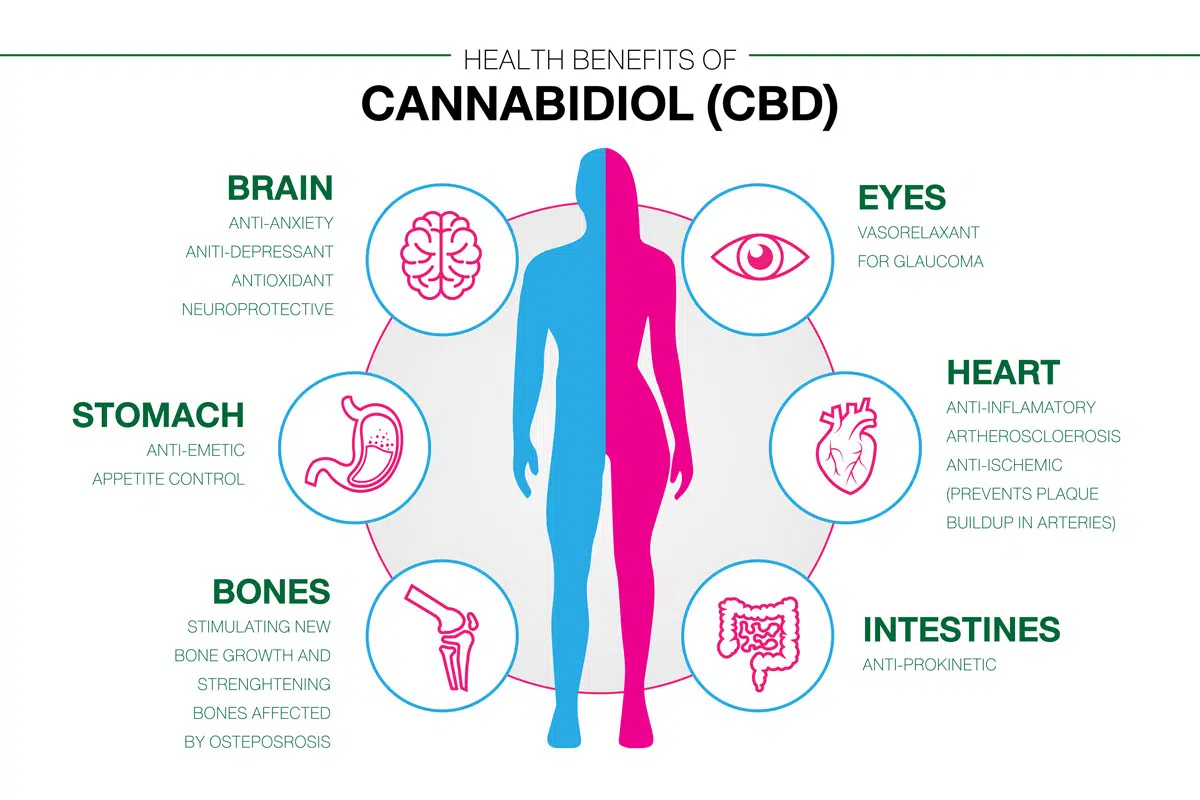
Cannabidiol was only discovered in 1940 which means it’s a rather new thing we are all experimenting with. There have been some clinical trials and other peer reviewed studies that have initiated a snowball effect of researchers urging to learn more about the special plant compound.
With this research, we have understood fundamental basics of Cannabinoids and how they affect us.
The Endocannabinoid System
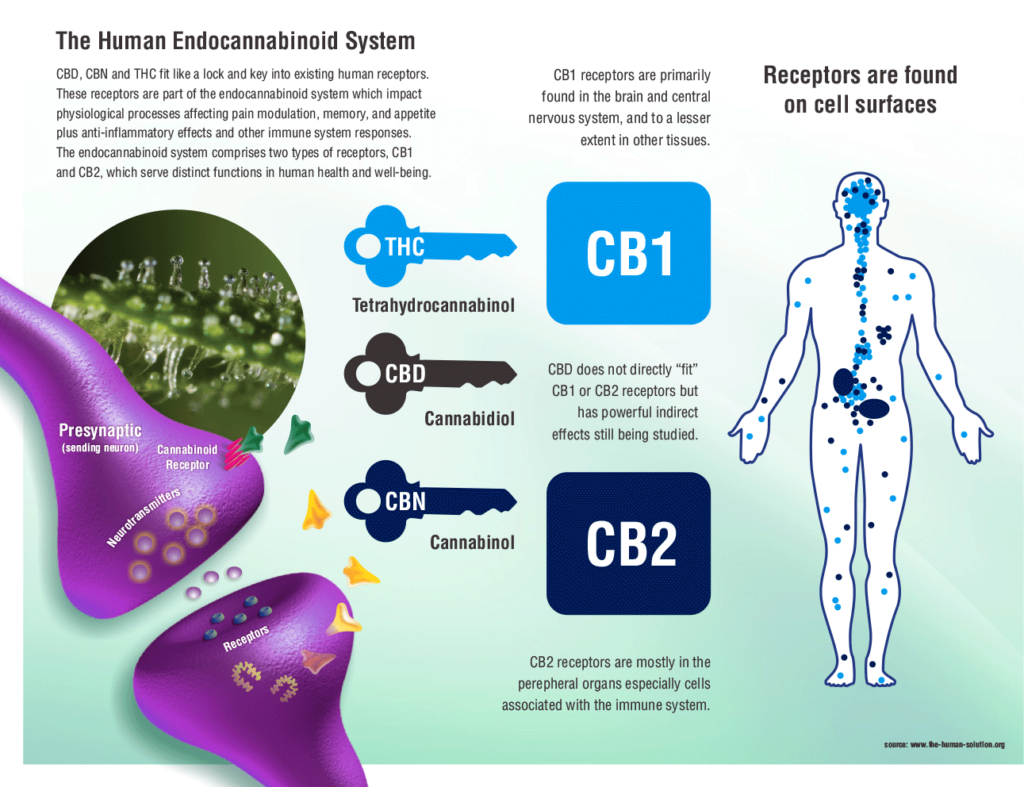
All animals on this plant including us humans, have an Endocannabinoid system (Endocannabinoid System) that produces the body’s very own Endocannabinoids and communicates with organs and organ systems to maintain the body’s balance or homeostasis.
We can think of this Endocannabinoid System like a system of streets, highways, drivers, and locations that all work together to make sure we are always centered and should anything disturb our system, be quickly removed to restore harmony.
With research, we have been able to discover that the Endocannabinoid System is actually a crucial system that most of us have never been taught about. It is in charge of managing vital bodily functions like metabolism, immune function, sleep rhythm, appetite, and more.
With Endocannabinoid System receptors all over the body including the brain, spine, nerves, immune system, skin, and more, the Endocannabinoids that we produce ourselves have great impact on our internal balance.
Most people don’t know that our bodies actually produce their own endogenous Cannabinoids that mimic the function and purpose of Cannabinoids like CBD. Our Endocannabinoids are called anandamide (aka the bliss molecule) and 2-AG.
We also produce enzymes (amide hydrolase and acid lipase) that work with the Endocannabinoid System to break down the Endocannabinoids that have served their function.
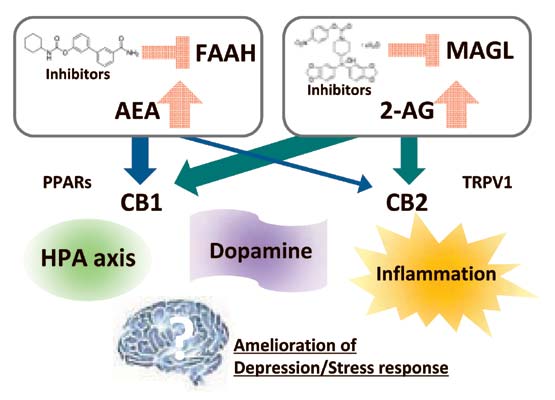
Endocannabinoid Deficiency
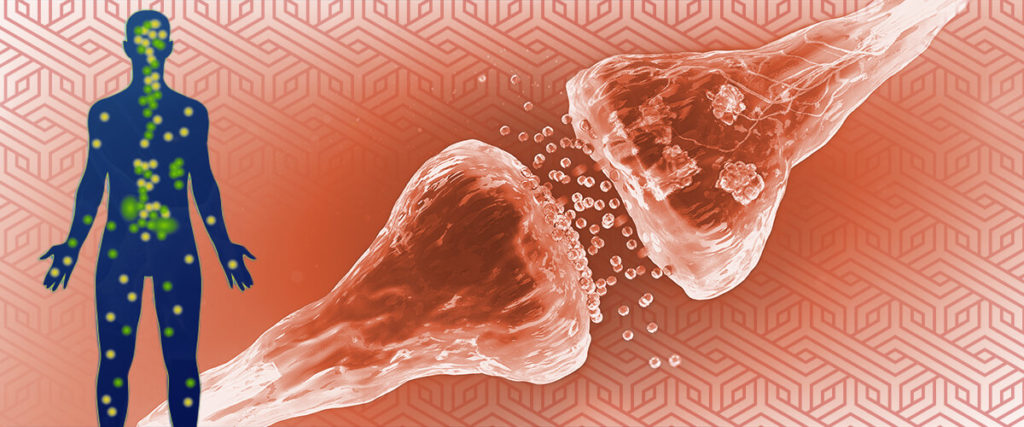
Just like some of us can have immunodeficiencies or low levels of iron for example, we can also have Endocannabinoid deficiencies.
If we know that our Endocannabinoid System plays a crucial role in helping us maintain balance and optimal function in various organs and systems, what would happen if we weren’t producing enough endogenous cannabinoids?
A recent study found the possible correlation between an Endocannabinoid deficiency and the diagnosis of fibromyalgia, irritable bowel syndrome, and other chronic treatment resistant conditions.
It is uncommon for healthcare professionals to diagnose someone with an Endocannabinoid deficiency as this is not yet fully recognized by everyone and it is not easy to test for.
How To Treat an Endocannabinoid Deficiency?
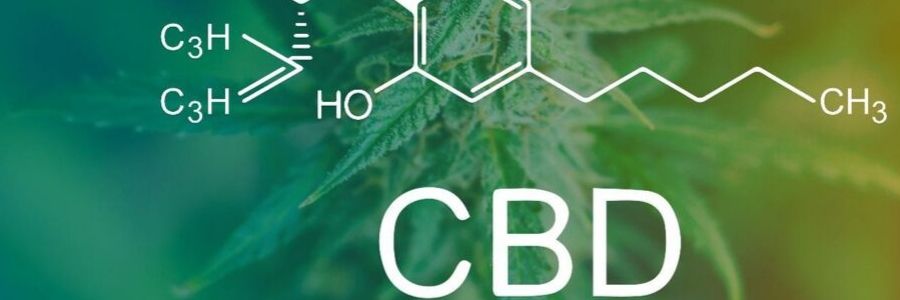
There are several ways you can support your body’s Endocannabinoid System function and Endocannabinoid production. This includes taking Cannabidiol regularly as it helps mimic the function and purpose of some endogenous cannabinoids.
Nourish your body with cannabinoid rich/stimulating foods and anti-inflammatory foods, and exercise regularly to stimulate brain activity.
The benefits of CBD may be felt if it is taken regularly and with consistency. For best practice, aim to take a full dose of CBD on a daily basis. CBD oil tinctures are the strongest and most potent CBD products as they enter the body more effectively through the salivary glands under the tongue.
CBD also comes in other forms like capsules, syrups, gummies, sprays, balms, and more. Capsules are best for those that want something flavorless whereas gummies are flavored to mask the earthiness of CBD and balms help with localized musculoskeletal pain.
The Endocannabinoid System works best when your system is void of stress. When we experience high levels of stress, our bodies go into fight or flight mode leaving ‘unessential’ mechanisms void of energy and incentive.
This is why the Endocannabinoid System loves exercise. It helps de-stress the body and stimulate the brain to produce optimizing hormones and molecules. Exercise has been shown to help increase Endocannabinoid production as well as receptor sensitivity.
If your body has trouble producing its own Endocannabinoids, there are certain foods that can help stimulate production as well as supporting the Endocannabinoid System function.
For example, dark chocolate has been known for stimulating the release of anandamide, aka the bliss molecule), helping produce more of it to help restore the body. Foods like broccoli, ginseng, clove, black pepper, and carrots have also been found to contain Cannabinoids.
There are also other foods that are known as Cannabinoid enhancing which help stimulate the Endocannabinoid System to produce more on its own. These foods include chia/flax/hemp seeds, walnuts, and EVOO.
To enhance production, it is also wise to remove pro-inflammatory foods like fried foods, added sugar, animal products, and refined oils (canola, sunflower, and more). A focus on fiber, legumes, grains, and essential fatty acids is key.
When it comes to CBD, make sure to always go to your doctor for medical advice and approval to make sure you won’t have any drug interactions with medication you may be taking.
Unlike prescription medications, CBD does not have a long list of negative side effects. However, there are a few that may be uncomfortable. The most common side effects include a dry mouth, changes in digestion and bowel movements, and sleepiness.
However, these are short term and are easily reversible. The only known rare side effect that is more impactful is the risk of liver toxicity, but this is an effect not fully researched yet.
The Benefits of CBD
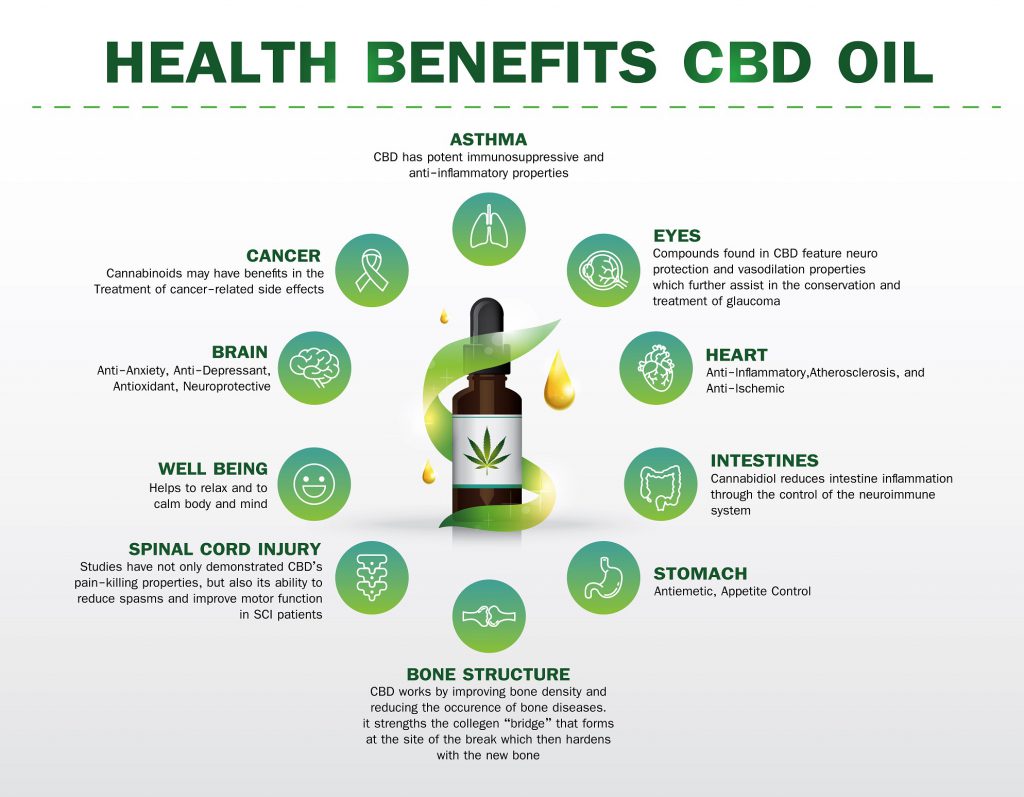
The effects of CBD differ from person to person, but numerous studies suggest that Cannabidiol may positively affect the body’s immune function and response which also influences the inflammatory response.
Overall pain and discomfort in the body is always caused by inflammation which is a bodily response managed by the immune system.
Many studies demonstrate that CBD may help manage and support chronic pain, blood pressure abnormalities, neuropathic pain, inflammation, stress, anxiety, and more.
Preliminary studies also show therapeutic potential for more severe conditions like multiple sclerosis, autoimmune conditions like Fibromyalgia and lupus, and Neurodegenerative conditions like Alzheimer’s.
What Needs Exploring?
As of now, research is still too early to understand the long-term effects of CBD. More research must be performed to better understand the specific mechanisms of the Endocannabinoid System, Endocannabinoid deficiency, and the concrete effects of Cannabidiol.
It is also unclear if consistent use of CBD has any long-term implications or benefits, so overall, more studies must be conducted.
Cannabidiol is one of the hundreds of plant compounds that have been identified, so we have yet to discover and study more. For all we know, the hemp plant could house even more powerful cannabinoids.
While it is unclear what the future of hemp and Cannabinoids holds, we are confident that is bright and promising. It’s a long road ahead, but one that can positively impact the world.
Kevin


